Guidance on including a Safe Room in our Floor Plans
owaller
15 years ago
Featured Answer
Sort by:Oldest
Comments (17)
sue36
15 years agoarmomto3boys
15 years agoRelated Professionals
Portsmouth Architects & Building Designers · Artondale Home Builders · Glenpool Home Builders · Salem General Contractors · Abington General Contractors · Henderson General Contractors · Irving General Contractors · Leavenworth General Contractors · Milton General Contractors · Mount Prospect General Contractors · Norristown General Contractors · Pepper Pike General Contractors · Port Saint Lucie General Contractors · Rosemead General Contractors · Toledo General Contractorsowaller
15 years agotnhousewife05
15 years agodemifloyd
15 years agojenk2008
15 years agophoggie
15 years agosweeby
15 years agomeldy_nva
15 years agoche1sea
15 years agosweeby
15 years agoche1sea
15 years agohome_nw
15 years agocantmakeadecision
15 years agomcbird
15 years agoflseadog
15 years ago
Related Stories

WORKING WITH PROSWorking With Pros: When You Just Need a Little Design Guidance
Save money with a design consultation for the big picture or specific details
Full Story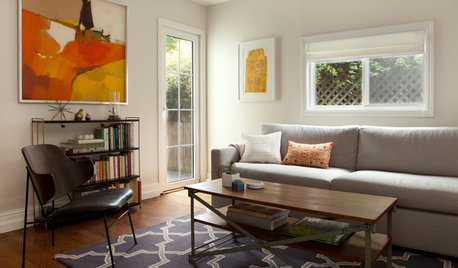
ECLECTIC HOMESMy Houzz: Stylish City Living, Toddler Included
Natural fabrics and nontoxic furniture make for a home that’s as beautiful as it is family friendly
Full Story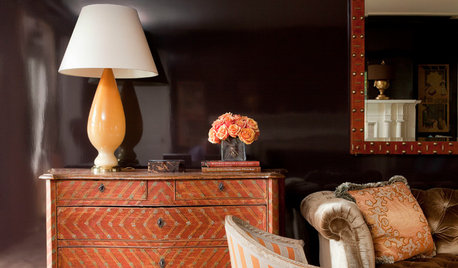
DECORATING GUIDES7 Reasons to Include a Little Gloss in Your Decor
High-shine finishes look good, are practical and can infuse your home with an air of glamour
Full Story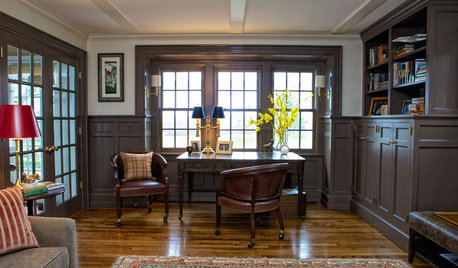
HOME OFFICESRoom of the Day: Stately Study Includes a Cozy Family Space
A new fireplace, windows, millwork and furniture make this room hard to leave
Full Story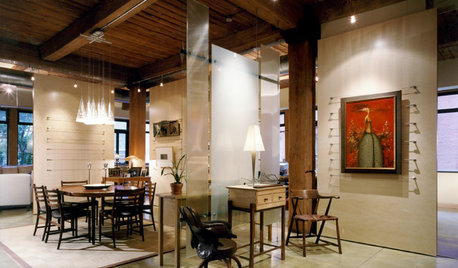
ARCHITECTUREDesign Workshop: How to Separate Space in an Open Floor Plan
Rooms within a room, partial walls, fabric dividers and open shelves create privacy and intimacy while keeping the connection
Full Story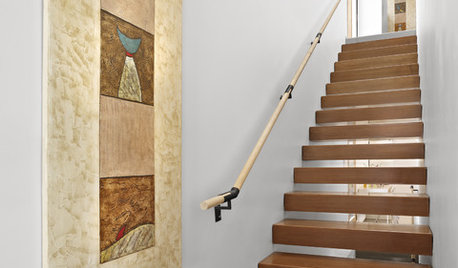
KNOW YOUR HOUSEStair Design and Construction for a Safe Climb
Learn how math and craft come together for stairs that do their job beautifully
Full Story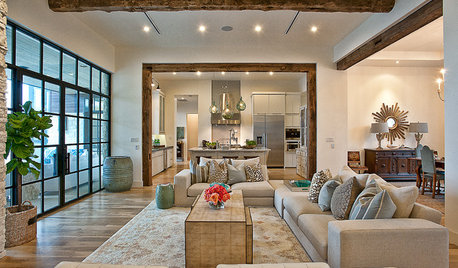
LIVING ROOMSLay Out Your Living Room: Floor Plan Ideas for Rooms Small to Large
Take the guesswork — and backbreaking experimenting — out of furniture arranging with these living room layout concepts
Full Story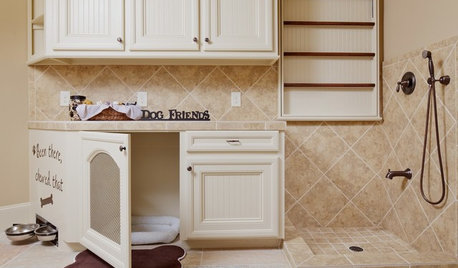
PETSThe Crate Conundrum: A Safe Place for Your Pooch
Get ideas for a comfy den for your dog that works well with your space too
Full Story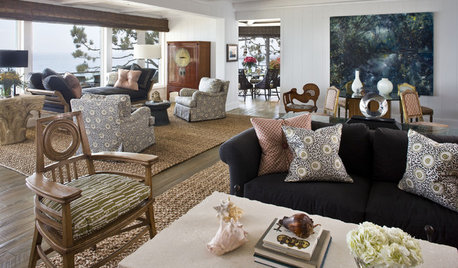
DECORATING GUIDESHow to Combine Area Rugs in an Open Floor Plan
Carpets can artfully define spaces and distinguish functions in a wide-open room — if you know how to avoid the dreaded clash
Full Story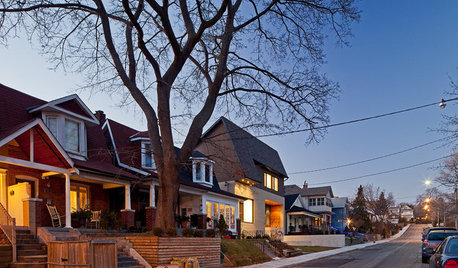
LIFE10 Ways to Keep Your Home Safe While You're Traveling
Set off on your trip with peace of mind, knowing you've taken the right steps toward keeping your home secure
Full StoryMore Discussions






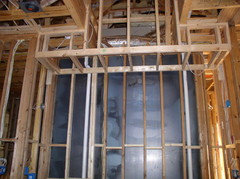


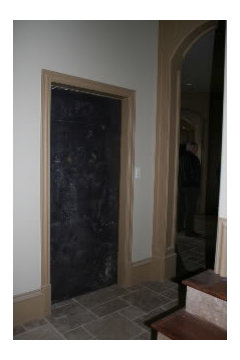


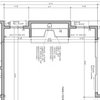
brianstreehouse